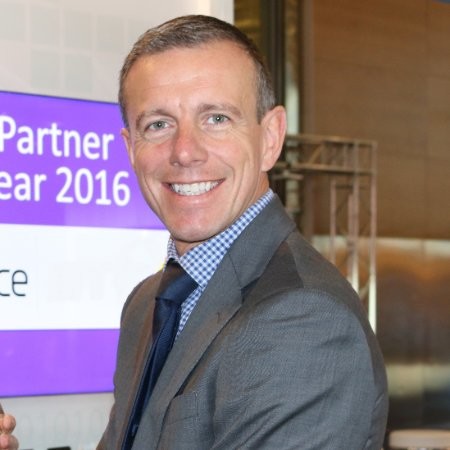How to prevent AIOps becoming just another cog in the machine
Why AIOps will fuel the next wave of digitilisation

Over the past few years, companies have been rapidly transitioning to dynamic, hybrid cloud environments to keep up with the constant demand to deliver something new. However, whilst the cloud offers the agility that enterprises crave, the ever-changing nature of these environments has generated unprecedented levels of complexity for IT teams to grapple with. Traditional performance management strategies have been stretched to breaking point, as IT struggles to piece together often conflicting insights from countless monitoring tools and dashboards.
These tools collect a multitude of metrics and raise alerts when problems arise, but provide very few answers as to what actually went wrong. They’re firing out thousands of alerts every day, creating a data storm that makes it easy for problems to be missed or worsen as IT works to identify which are urgent, which are duplicates, and which are false alarms – and that’s before they’ve even gotten onto the task of understanding and resolving the underlying issue.
- 2019: A year of reckoning for digital transformation
- 10 years of DevOps - where do we go now?
- The foundation for your AI future
A beacon of hope
Over the last two years, IT teams have identified hope on the horizon in the form of the emerging market of AIOps tools. This new breed of solution uses artificial intelligence to analyse and triage monitoring data faster than humans ever could, helping IT teams to make sense of the endless barrage of alerts by eliminating false positives and identifying which problems need to be prioritised.
The global AIOps platform market is expected to grow from $2.5bn in 2018 to $11bn by 2023, and Gartner predicts that 25% of enterprises will have an AIOps platform supporting two or more major IT operations by the end of the year. This demonstrates that there’s a substantial appetite for AIOps capabilities. However, AIOps is not a silver bullet, and there’s a risk that enterprises will fail to realise its potential if it simply becomes just another cog in the machine alongside the array of monitoring tools they already rely on.

An artificial promise?
AIOps tools are only as good as the data they’re fed, and to radically change the game in operations, they need the ability to provide precise root case determination, rather than just surfacing up alerts that need looking into. It’s therefore critical for AIOps to have a holistic view of the IT environment so it can pull in any pertinent data and contextualise alerts using performance metrics from the entire IT stack. Integration with other monitoring capabilities is therefore key when adopting AIOps, ensuring there are no gaps in visibility and issues can be understood and resolved faster.
While IT teams would almost certainly see a reduction in alert noise when taking the ‘bolt-on’ approach to AIOps, other tools would still be required to drill down and identify the solution to a problem, taking time and manual effort. For AIOps to truly deliver on its promise and make life easier for IT teams, it needs to be part of a holistic approach to performance management. Taking this more integrated approach will enable IT teams to not only automatically find and triage issues, but create true software intelligence that can surface answers to those problems in real-time.
Into an autonomous future
It’s this potential for simplifying IT operations and delivering a more efficient organisation that should be the end goal of AIOps. When done right, the software intelligence enabled by AIOps can be used to drive true efficiencies, through automated business processes, auto-remediation and self-healing. Ultimately, this can enable the transition towards autonomous cloud operations, where hybrid cloud environments can dynamically adapt in real-time to optimise performance for end-users, without the need for human intervention. As a result, problems can be resolved before users even realise there’s been a glitch.
Are you a pro? Subscribe to our newsletter
Sign up to the TechRadar Pro newsletter to get all the top news, opinion, features and guidance your business needs to succeed!
This AI-driven automation will fuel the next wave of digitalisation and truly transform IT operations. However, reaching this nirvana can’t be achieved by cobbling together a mixed bag of monitoring tools and an AIOps solution into a Frankenstein’s monster for IT. Companies need a new, holistic approach to performance management that combines application insights and cloud infrastructure visibility with digital experience management and AIOps capabilities.
Taking this approach will help to deliver the true promise of AIOps, providing IT with answers as opposed to just more data. As a result, IT teams will be freed up to invest more time in innovation projects that set the business apart from competitors, instead of focussing their efforts on keeping the lights on.
Most Popular



